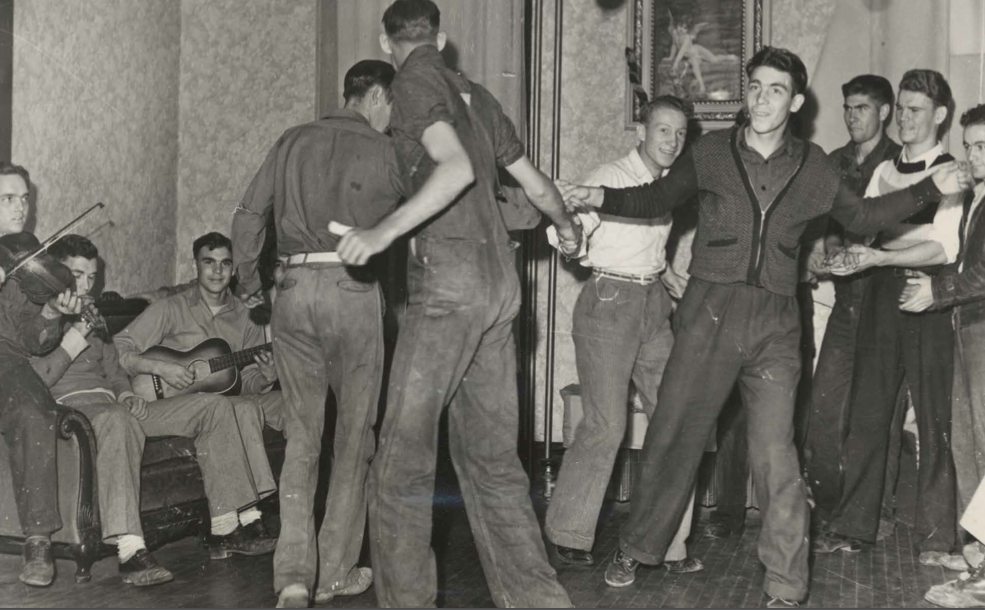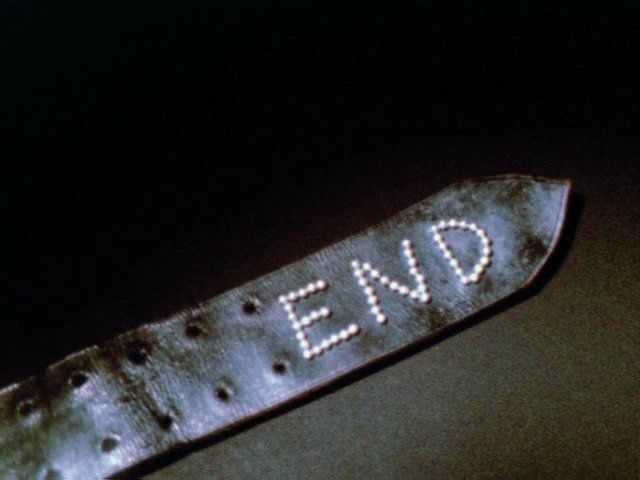
/ Pure essence of Cockabilly - in the raw! /

/ “Hell-o? What’s that you say? COCKABILLY is returning to Shoreditch epicentre of gay bohemia The George & Dragon this Wednesday night? Our asses are there!” /
As I wrote in the essential Beige website on the lead-up to the 18 February 2015 Cockabilly:
Drag a comb through your quiff, swallow a fistful of bop pills and rock around the cock – at Cockabilly!
After
a long hiatus, London’s only regular queer rockabilly night returns on Wednesday
18 February 2015 to the louche surroundings of The George & Dragon in
Shoreditch.
Gay greasers, cry-babies, prison wives, juvenile delinquents of all
ages and international sex kittens of all genders are welcome at Cockabilly - freaking
out the squares since 2008!
Featuring DJs Mal Practice, Graham Russell (Lobotomy Room) and Emma Peters (Twat Boutique) spinning all your rancid
vintage sleaze classicks!
Admission: Free!
8 pm - midnight


This was the first Cockabilly since September 2014 and Mal, Emma and I
were freaking salivating to get our asses back behind that familiar George
& Dragon mezzanine DJ booth.
My DJ set was heavily inspired by Scorpio Rising (1963), the homoerotic /
occult biker underground art movie by His Satanic Majesty, Kenneth Anger - but
when are they not?! That film is a sacred text to me!
So as well as the usual rockabilly psychosis, desperate rhythm and blues
and sleazy bump’n’grind tittyshaker instrumentals, I threw in a clutch of the deliriously
kitsch songs Anger featured in Scorpio Rising (like Ricky Nelson’s “Fools Rush
In”, Elvis Presley’s “Devil in Disguise”, “Party Lights” by Claudine Clark,
“Heatwave” by Martha and The Vandellas).
The surprise hit of the night was “Party Lights.” While I doubt anyone
there was already familiar with this pretty obscure 1962 Top Five single,
people suddenly jumped up to dance, unable to resist Claudine Clark’s sassy
siren call. In “Party Lights”, Clark (a talented rhythm and blues starlet who
wrote the track herself) belts-out the lament of a teenager grounded in her bedroom,
yearning to join her friends at the raucous party across the street. (“They’re
doing the twist / the fish / the mashed potato too / I’m here lookin’ at you”
she wails, distraught, at her mother).
I’m allergic to Motown. There - I said it. With the exception of The Supremes, for me the whole Motown canon is overly familiar, synonymous with baby boomer nostalgia and too omnipresent in naff romantic comedies and beer, fried chicken and jeans commercials. Give me frantic, greasy unvarnished rhythm and blues in the vein of Ike and Tina, Esquerita or Andre Williams over Motown any day. But I was feeling generous, hence “Heatwave.” It is after all included in Scorpio Rising and how can anyone not love Martha Reeves’ impassioned wail?
I’m allergic to Motown. There - I said it. With the exception of The Supremes, for me the whole Motown canon is overly familiar, synonymous with baby boomer nostalgia and too omnipresent in naff romantic comedies and beer, fried chicken and jeans commercials. Give me frantic, greasy unvarnished rhythm and blues in the vein of Ike and Tina, Esquerita or Andre Williams over Motown any day. But I was feeling generous, hence “Heatwave.” It is after all included in Scorpio Rising and how can anyone not love Martha Reeves’ impassioned wail?
Wailin' - The Fabulous Wailers
You're the One for Me - Wanda Jackson
How Much Love Can One Heart Hold? Joe Perkins and The Rookies
Here Comes the Bug - The Rumblers
Little Miss Understood - Connie Stevens
I Will Follow Him - Little Peggy March
Little Darlin' - Masaaki Hirao
Vesuvius - The Revels
Salamander - Mamie Van Doren
The Swag - Link Wray
Johnny Lee - Faye Adams
He's the One - Ike and Tina Turner
Love Me - The Phantom
Khrushchev Twist - Melvin Gayle
Garbage Man - The Cramps
That Makes It - Jayne Mansfield
I Walk Like Jayne Mansfield - The 5,6,7,8s
Margaya - The Fender Four
Devil in Disguise - Elvis Presley
Fools Rush In - Ricky Nelson
Intoxica - The Centurions
Party Lights - Claudine Clark
Wiped-Out - The Escorts
Heatwave - Martha and The Vandellas
Dance with Me Henry - Ann-Margret
Boots - Nero and The Gladiators
Fujiyama Mama - Annisteen Allen
If you read blogs like mine on blogger.com, you’re probably aware of Google’s recently announced abrupt, puritanical and draconian new policy about “adult content.” While my blog is hardly a “porn site”, it does have vintage atomic-era beefcake and cheesecake nudie cutie pin-up photos liberally scattered throughout that might well make a Sunday school teacher blush. These soft-core pics are pretty much all approximately fifty years old and tame by today’s standards - but obviously there isn't much scope for debating nuances with a faceless and soulless mega-corporation like Google and strictly speaking they are “graphic nude images.” Obviously this raises fuzzy issues of what’s “porn” and what’s erotica or artistic. (Apparently “artistic” is OK). These images were lovingly chosen by me, part of my vintage sleaze mid-century rock'n'roll aesthetic and integral to the stories they illustrate - so I’m opting not to comb through years worth of posts and deleting them. Somehow I've sailed under Google’s radar up to this point. (From anecdotal evidence, they are definitely singling out queer bloggers. Some of my favourite bloggers have understandably already deleted their blogs on here and re-located to tumblr or Wordpress - but those sites are hosted by Yahoo, another mega-corporation who might well cave in and follow in Google’s twitchy footsteps over the next few years). Anyway, if my blog suddenly vanishes from your feed or Google searches, it’s because it’s been arbitrarily re-set from “public” to “private” by the Google overlords. When that happens I’ll figure out what to do next.
Further reading:
While you still can: read about the squalid proceedings at previous Cockabilly nights here, here, here, here, here, here, here, here, here, here, here, here, here and here.
Follow me on tumblr for all your defiantly NSFW and homoerotic retro, kitsch and vintage gay porn needs!
Details of my next Lobotomy Room club night (Saturday 21 March 2015 at Hysteria in Dalston)
Follow me on tumblr for all your defiantly NSFW and homoerotic retro, kitsch and vintage gay porn needs!
Details of my next Lobotomy Room club night (Saturday 21 March 2015 at Hysteria in Dalston)





























